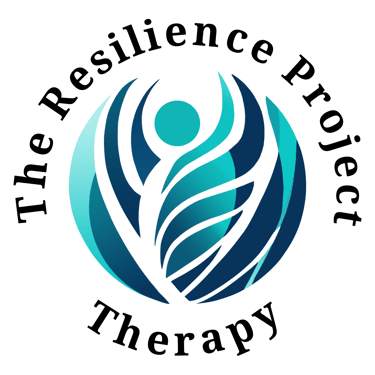Understanding OCD: Signs and Treatment
Dissecting the vicious cycle of obsessive thoughts and compulsive rituals in OCD, with insights on breaking free through a combination of treatment options.
Christian Gray Hering, LCSW
10/1/20232 min read


Obsessive-compulsive disorder, or OCD, is a mental health condition characterized by intrusive, unwanted thoughts that lead to repetitive behaviors aimed at reducing anxiety. As a therapist who specializes in OCD treatment, I want to provide some insight into recognizing the signs of OCD and the recommended treatment options.
What are the warning signs of OCD?
OCD symptoms generally fall into two categories - obsessions and compulsions. Obsessions are persistent, intrusive thoughts, images or urges that the person experiences as being disturbing or nonsensical. Common obsessions include:
Fear of contamination by germs, dirt or illness
Fear of causing harm to oneself or others
Intrusive sexual, violent, or religious thoughts
Excessive need for order, symmetry or perfection
Compulsions are the repetitive behaviors or mental acts that OCD sufferers feel driven to perform in response to the obsessions. Common compulsions include:
Excessive cleaning, handwashing, showering
Checking doors, windows, appliances to ease fear of harm
Repeatedly arranging items to make sure they are perfect
Compulsive counting, tapping, or repeating words or phrases
Excessive double-checking of work or school assignments
OCD signs may initially be mild, but they progressively worsen over time and end up being time-consuming, causing significant distress and interfering with daily life. Sufferers may spend hours engaged in rituals trying to neutralize obsessive thoughts.
OCD treatment options
If you recognize the above patterns and symptoms in yourself or a loved one, consulting a therapist can help. Cognitive behavioral therapy (CBT) is considered the first-line treatment for OCD. CBT helps patients identify distorted thinking patterns and develop healthier ways of responding to obsessive thoughts.
A specific type of CBT called exposure and response prevention (ERP) has proven highly effective for OCD. ERP gradually exposes patients to their fears and urges them to abstain from the usual compulsive rituals. Although anxiety may initially spike, patients learn over time that the obsession is not dangerous, and the urge to ritualize will pass.
In some cases, medication may be used alongside CBT. Selective serotonin reuptake inhibitors (SSRIs) can help reduce obsessive thoughts and compulsive behaviors. Medication alone is generally less effective than CBT.
With professional help, most patients with OCD can achieve significant improvement. The first step is recognizing unhealthy obsessions and compulsions. Don't hesitate to confide in a loved one if you think you may be developing symptoms of OCD. Reach out to a qualified mental health professional who can offer guidance on treatment options tailored to your needs. There is hope - with the right support, OCD can be overcome.
Sources:
The Resilience Project Therapy
Mailing
P.O. Box 832182
Richardson, TX 75083
Contacts








